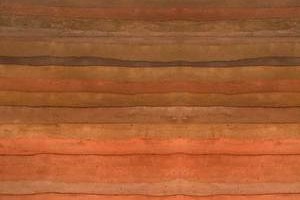
Princeton earth zero carbon structures : Dirt—as in clay, gravel, sand, silt, soil, loam, mud—is everywhere. The ground we walk on and grow crops in also happens to be one of the most widely used construction material worldwide . Earth does not generate CO2 emissions in its generation, transport, assembly or recycling and this in contrast to more conventional building materials such as concrete and steel. In rammed earth construction a mixture of suitable loam, clay and sand is compressed into a formwork to create a solid low-cost loadbearing wall. Despite the renewed architectural interest in contemporary rammed earth construction in (semi-)arid climates of the USA, little is known about its potential in the erosive humid continental climate of New Jersey. Therefore we propose a multi-faceted rammed earth exploration in Princeton University Forbes garden through the construction and monitoring of a set of walls and a pavilion made out of local soil.